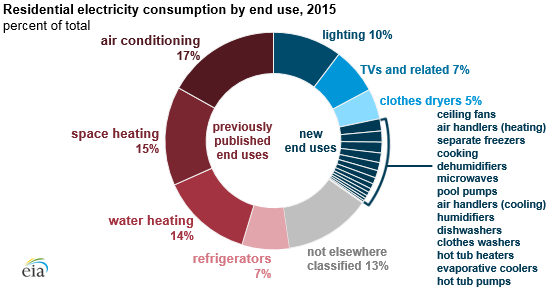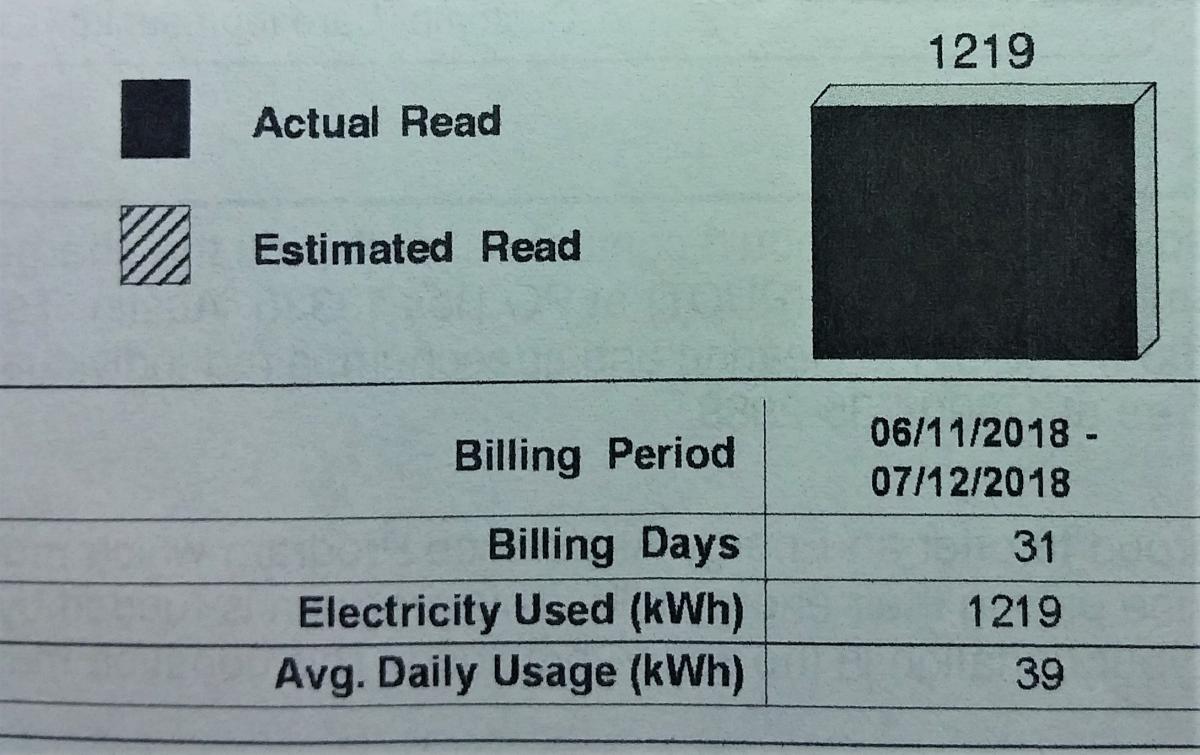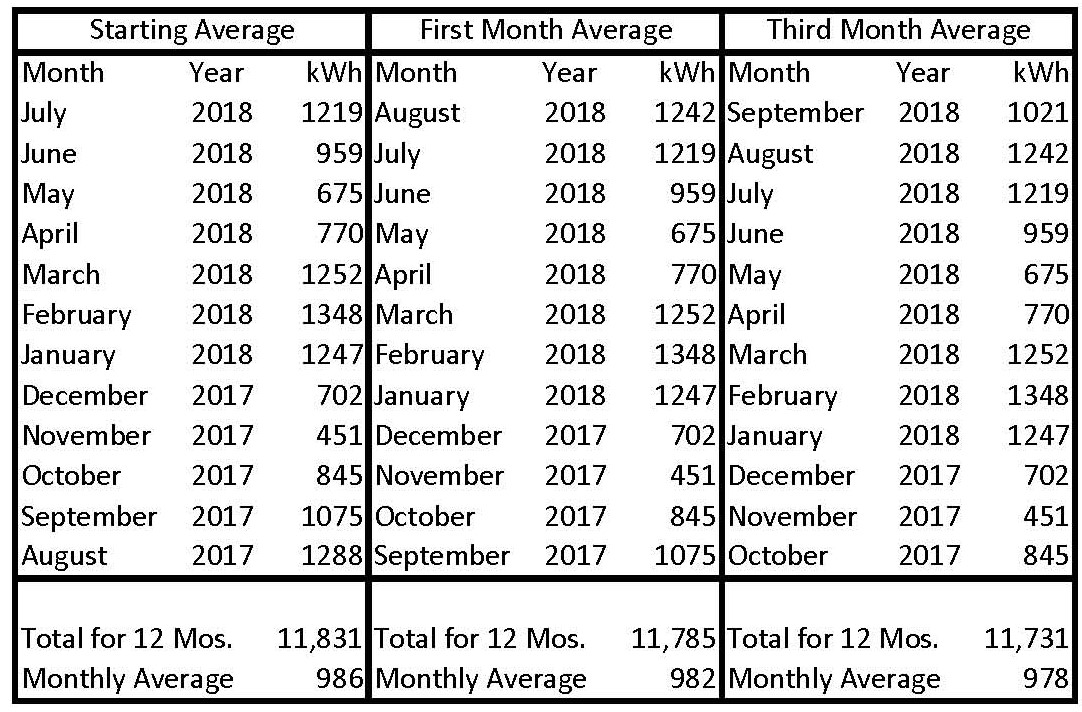Changing our source of electricity takes time but changing to a sustainable use of electricity in our homes can start today. We first must know the amount of electricity we use and the ways we use it.

Based on national data, air conditioning, followed by space and water heating and lighting, are the top household uses of electricity. On average, air conditioning accounts for 17% of the nation’s household electricity use; however, the percentage is higher for Texans living near the Gulf Coast. Households in this hot and humid region use an average of 27% of their electricity for air conditioning.
 Knowing how we use electricity tells us where there's the greatest potential to reduce greenhouse gas emissions by reducing electricity use. We can track our progress by looking at the electricity bill for our household. It shows how many kilowatt hours (kWh) used each month.
Knowing how we use electricity tells us where there's the greatest potential to reduce greenhouse gas emissions by reducing electricity use. We can track our progress by looking at the electricity bill for our household. It shows how many kilowatt hours (kWh) used each month.
Since so much electricity is used for cooling and heating, the weather effects electricity use. This means it’s difficult to draw conclusions from month to month comparisons, or from comparing the same month this year to last year. Nor does looking at cost track progress, because prices and fees change. The simplest way to see if you’re reducing electricity use is to look at a 12-month rolling total and average. Don’t worry if you don’t have 12 months of bills right now; just start keeping track. Each month, add the amount from the most recent bill, remove the older month (if you have 12 total), and calculate the 12 month total (sum) and monthly average (sum/12 months). The goal is to get downward trends in the total electricity use for the most recent 12 months and in the average monthly use. You can use this analysis for your place of worship, too.
EXAMPLE:

Here are some facts, to get a feel for how you’re already doing.
The average U.S. household in 2016 was 2,008 SF and consumed 10,766 kWh of electricity.
The average Texas household in 2013 used 1,174 kWh per month.
Where does your household stand in relation to the average? This is one time when it’s good to be below average! Look out for the trap of thinking that your house is larger than average; therefore, your electricity use should be more than average. The impact on the climate and natural resources is the same regardless of the size of your house. A larger house requires more effort to live sustainably. Pray, reflect, and meditate on how warm and cool you’re willing to be.
“From everyone to whom much has been given, much will be required; and from the one to whom much has been entrusted, even more will be demanded.” Luke 12:48 (NRSV translation)

